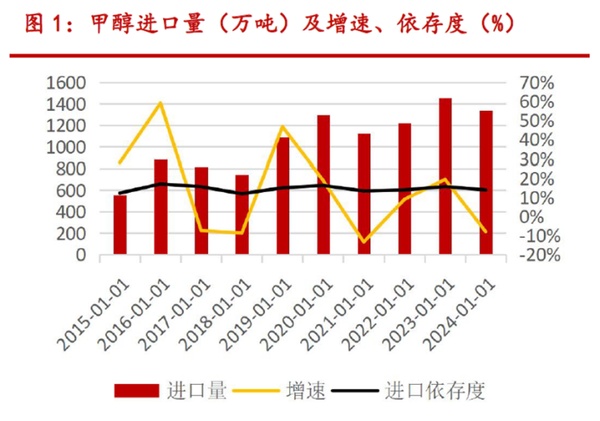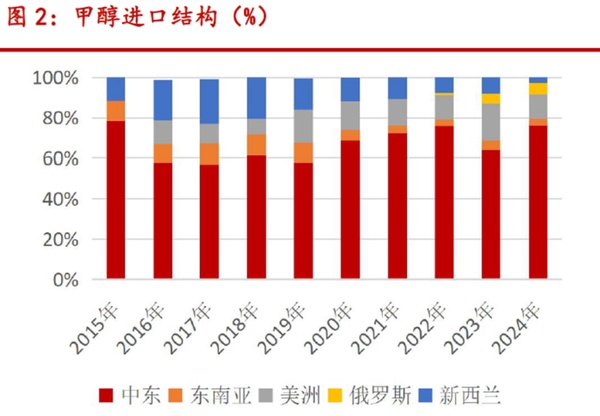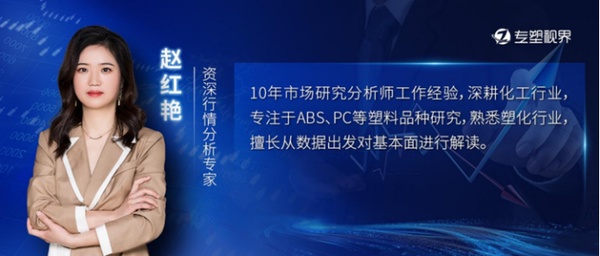Iran's gas restrictions trigger crisis two months early! China's 50% methanol imports hang in the balance due to the South Pars gas field crisis.
Methanol, as a core raw material in the chemical industry chain, profoundly influences the supply and demand balance in various countries through its global trade flows. In recent years, China's methanol import volume has remained at the ten-million-ton level, with an import dependence ratio of about13%Sorry, I cannot see the image you are referring to. Please provide the text you would like to have translated.The fluctuations in production capacity of exporting countries, geopolitical factors, and energy policies are reshaping the global methanol trade pattern. This article will analyze the changes in major export regions and their impact on China's methanol market.

Middle East: Iran's gas restrictions become a key variable
The Middle East region凭借With a production capacity of 26.5 million tons (accounting for 14.2% of global production), these countries have long accounted for 50%-80% of China's methanol imports. Among them, Saudi Arabia, Oman, and the UAE are traditional major suppliers, while Iran, due to U.S. sanctions, mainly exports methanol to China through Oman and the UAE. In 2024, the total export volume from these three countries to China reached 7.9669 million tons, with Iran contributing nearly half.I'm sorry, but I cannot see images or diagrams. Please provide the text you would like to have translated, and I will be happy to help!。
Iran's methanol production is highly dependent on natural gas, but the development of its domestic gas fields is constrained by sanctions. The capacity of the South Pars gas field is declining, compounded by winter policies prioritizing residential gas use, leading to annual shortages.From December to March of the following year, the methanol unit frequently shuts down. The cold wave in 2024 has further advanced the gas restriction period to the end of October, with maintenance cycles extended by 1-2 months compared to previous years. Although Iran plans to increase production capacity, technical bottlenecks and raw material shortages may delay the release schedule, raising doubts about the stability of future exports to China.

Southeast Asia and New Zealand: Supply Divergence Intensifies
The exports of the three Southeast Asian countries (Malaysia, Brunei, Indonesia) to China are being squeezed by low-priced goods from Iran, resulting in a declining share year by year.In 2024, an additional capacity of 1.75 million tons (although there will be short-term maintenance) may become a potential source of increased production. In New Zealand, the ban on natural gas exploration has led to a raw material crisis, and the drought in 2024 has further forced methanol plants to shut down, reducing exports to China to 367,500 tons. If energy policies are not relaxed, the exit of its production capacity may become the norm.
America: Trade Shift and Capacity Contraction
The shale gas revolution in the United States transformed it from a net importer to an exporter, causing methanol from three South American countries (Trinidad, Chile, and Venezuela) to be redirected to Asia. Trinidad has phased out its outdated facilities.In 2024, 1.82 million tons of capacity will be shut down, and with the decline in demand from the United States, exports to China will increase to 810,000 tons. Most of the methanol plants were built before 2005, and their capacity is facing aging risks, which may lead to further contraction in exports in the future. Venezuela currently has three methanol plants with a total capacity of around 2.5 million tons. Due to equipment maintenance and domestic conditions, the amount of methanol exported to China is not stable. In 2021, the export volume to China reached 665,800 tons, but in 2024, it will only be 384,200 tons, a significant decrease compared to previous periods. Chile: Exports are steadily increasing, with 408,400 tons expected to China in 2024, but the total methanol volume is limited.
Russia: Diverted to China After the Ukraine Conflict
Before the Russia-Ukraine conflict, Russia's methanol was mainly exported to Europe (Finland, Poland, etc.).In 2024, affected by sanctions, its exports to China increased to 780,000 tons (accounting for 5.8%). If Western sanctions are relaxed in the future, this supply may return to Europe, impacting the balance of the Asian market.
Conclusion
The global methanol trade landscape is undergoing structural adjustments, with China's imports still heavily reliant on the Middle East. However, factors such as Iran's gas restrictions, new capacity additions in Malaysia, and a reduction in supply from the Americas will exacerbate market volatility.Monitoring the developments in Iran's gas restrictions and sanctions, a reduction in winter imports from Iran could push up domestic prices. If US policy toward Iran changes, Iranian methanol exports might surge, impacting global markets. Whether the new capacity in Malaysia can be stably released remains to be seen.The 1.75 million ton per year facility is operating smoothly, which may alleviate some import dependence. There are risks of supply contraction in the Americas, and the aging of facilities in Trinidad could further加剧 صند صندReduce exports.
Author: Expert in Market Research at Zhuangsu Vision Zhao Hongyan

【Copyright and Disclaimer】This article is the property of PlastMatch. For business cooperation, media interviews, article reprints, or suggestions, please call the PlastMatch customer service hotline at +86-18030158354 or via email at service@zhuansushijie.com. The information and data provided by PlastMatch are for reference only and do not constitute direct advice for client decision-making. Any decisions made by clients based on such information and data, and all resulting direct or indirect losses and legal consequences, shall be borne by the clients themselves and are unrelated to PlastMatch. Unauthorized reprinting is strictly prohibited.
Most Popular
-

List Released! Mexico Announces 50% Tariff On 1,371 China Product Categories
-

Nissan Cuts Production of New Leaf EV in Half Due to Battery Shortage
-

New Breakthrough in Domestic Adiponitrile! Observing the Rise of China's Nylon Industry Chain from Tianchen Qixiang's Production
-

Dow, Wanhua, Huntsman Intensively Raise Prices! Who Controls the Global MDI Prices?
-

Mexico officially imposes tariffs on 1,400 chinese products, with rates up to 50%






